According to a recent study,
In 2022, there were 1,377 reported cases of treasure, marking a 305-case increase from the previous year and surpassing the 2019 record of 1,303 cases, which was the highest number of treasure reports up to that point.
Norfolk remains the county with the highest number of treasure finds, boasting 95 discoveries, with over 170 items reported, as per the 2022 Treasure Act Annual Report.
Under the law, suspected treasure must be declared, with coroners determining whether an artefact meets specific requirements and is subsequently acquired by the Crown, with museums also having the right to acquire it.
Treasure is primarily defined as metallic objects and coins, with a 2023 update expanding the definition to encompass items "partially of metal, at least 200 years old, and offering unique insight into a national or regional historical, archaeological, or cultural context" under specific criteria.
Recent discoveries have included the Chew Valley Hoard, which holds the record for the most valuable treasure found to date, and a silver penny minted by East Anglian king Guthrum, which was deemed treasure in September 2024, making it the first silver coin issued by a Viking ruler in Britain.
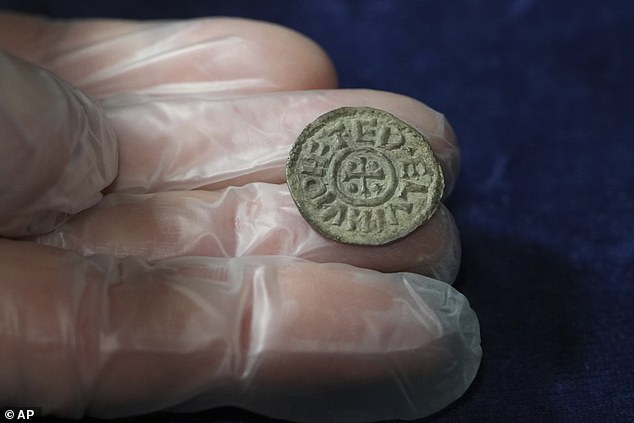
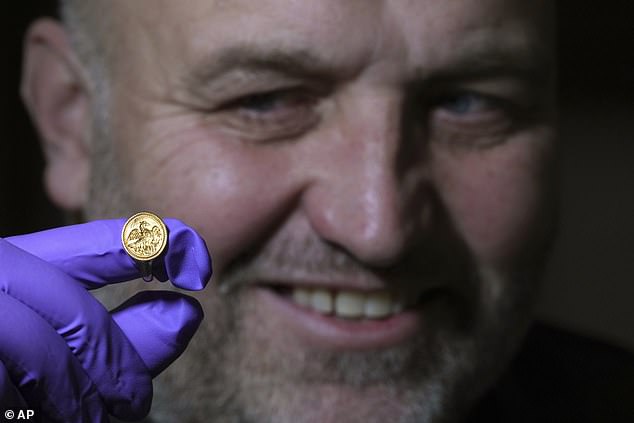
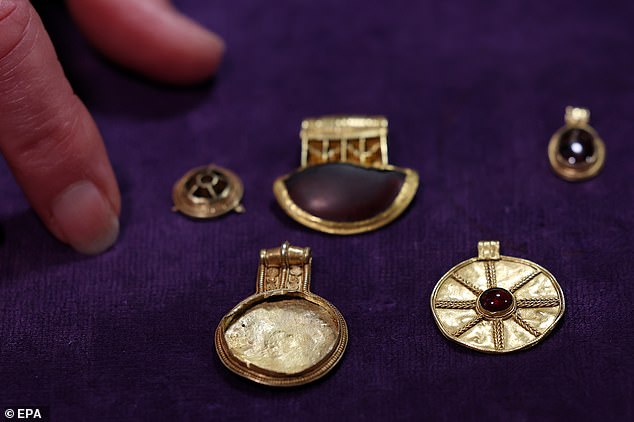
The Somerset hoard of 2,584 silver coins was acquired by the South West Heritage Trust, thanks to the support of the National Lottery Heritage Fund, the Art Fund, the Friends of The Museum of Somerset and the Somerset Archaeological and Natural History Society.
In addition, an early medieval gold and garnet artifacts were also discovered in Donington on Bain, Lincolnshire, and a gold signet ring was found in Central Bedfordshire, which bears an engraving of a mythical phoenix bird, a symbol associated with Elizabeth I, and could have been worn by one of her admirers.
An ancient treasure trove from Urchfont, Wiltshire, discovered by metal detectorists, was excavated by conservators from the British Museum, who uncovered a rare anvil within it.
The Portable Antiquities Scheme (PAS) reported that 74,506 archaeological items were found in the UK in 2023, a significant rise from the 53,490 reported in 2022.
The report stated that nearly all of the objects were discovered by individuals using metal detectors, at a rate of 95%, and in agricultural areas, where they could have been destroyed by ploughing and farming activities if not found.
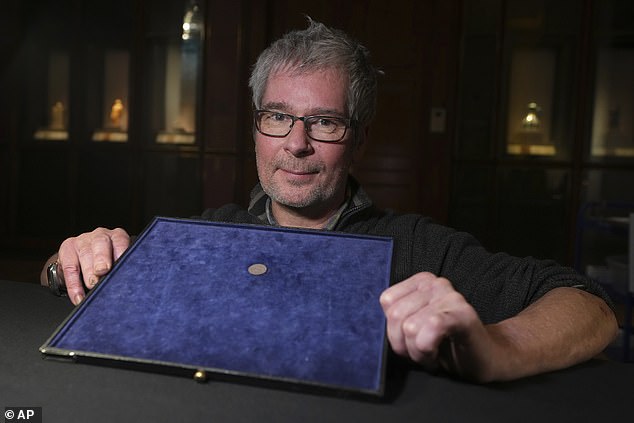

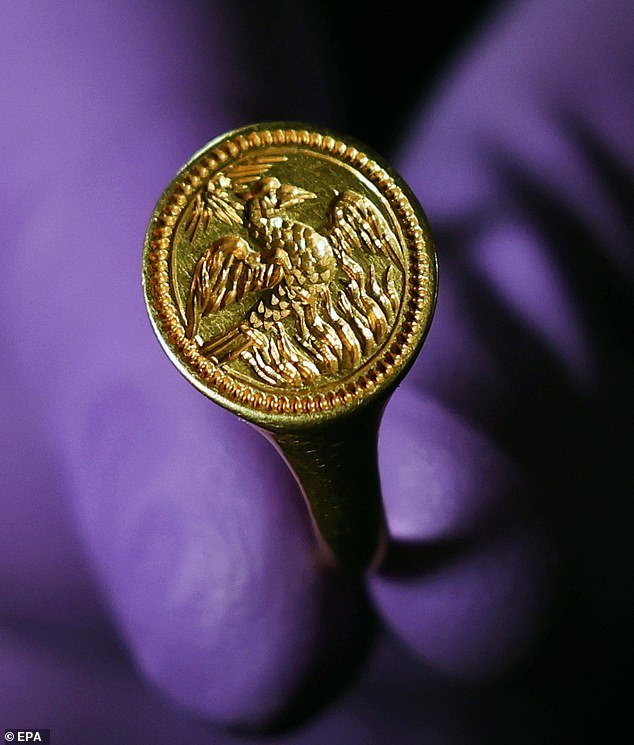
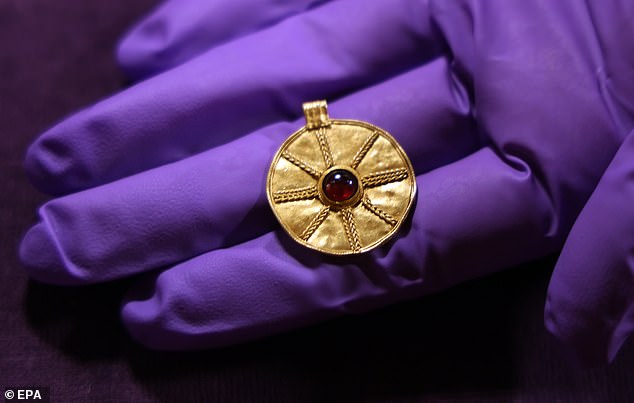
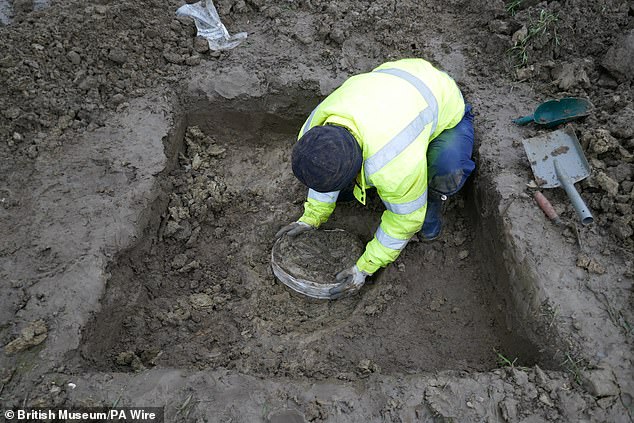
Michael Lewis, head of the Portable Antiquities Scheme (PAS) and treasure at the British Museum, stated: '2023 was an exceptionally successful year for the Portable Antiquities Scheme, and it is wonderful to see such a large number of finders sharing their discoveries with us, helping us to expand our understanding of Britain's history.
More than 70,000 archaeological items have been documented on the Portable Antiquities Scheme database.
'It is truly remarkable that most treasure finds are reported voluntarily, even though finders are legally required to do so.'
Lincolnshire and Norfolk led the way with the most reported discoveries, with 6,674 and 6,315 discoveries respectively.
Somerset had a record year due to a collection consisting of 5,500 Roman coins, bringing their total for the year to 6,849.
Read more